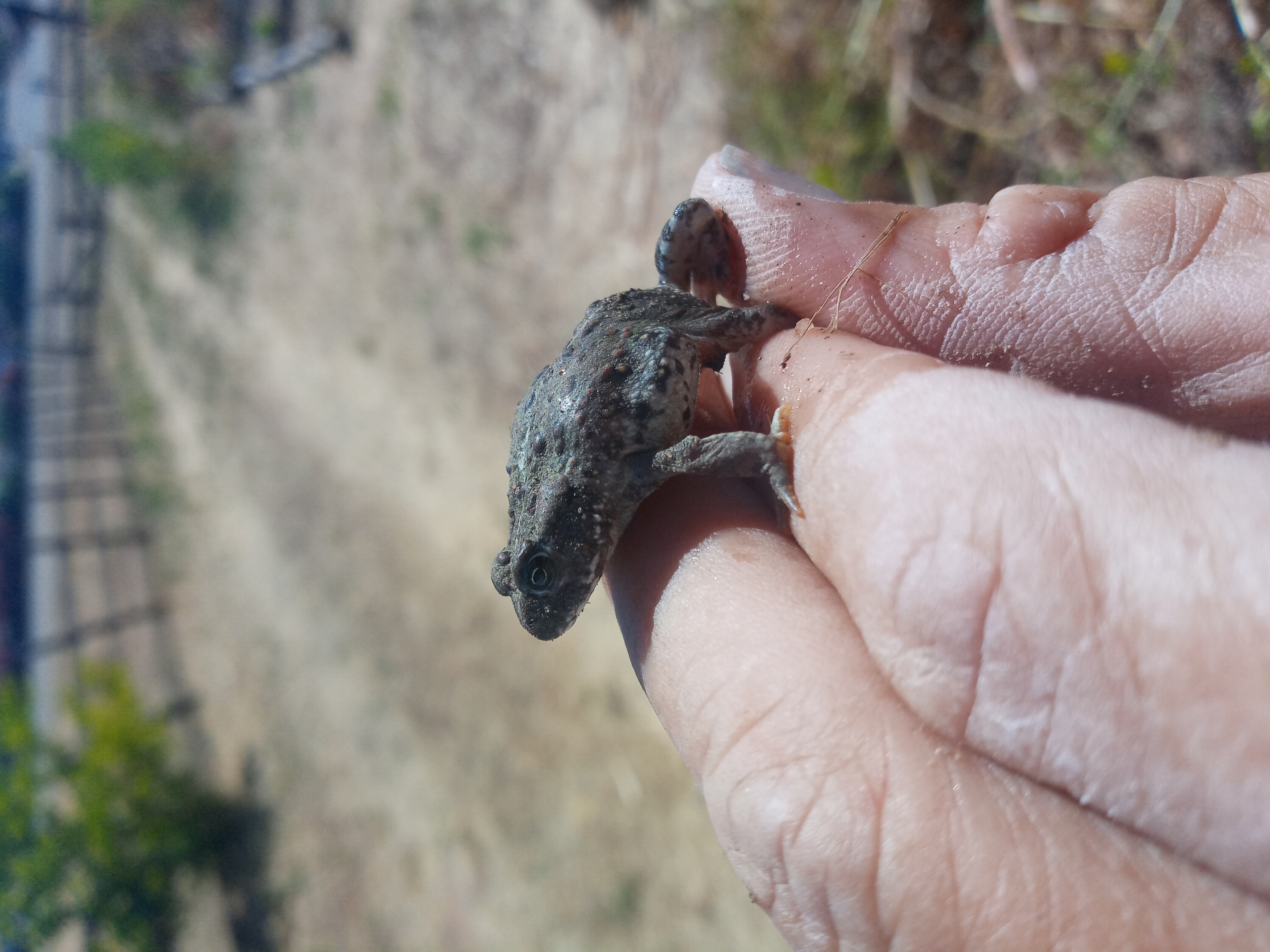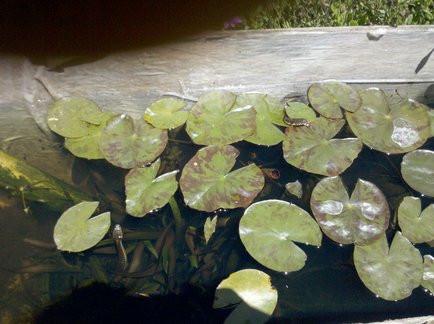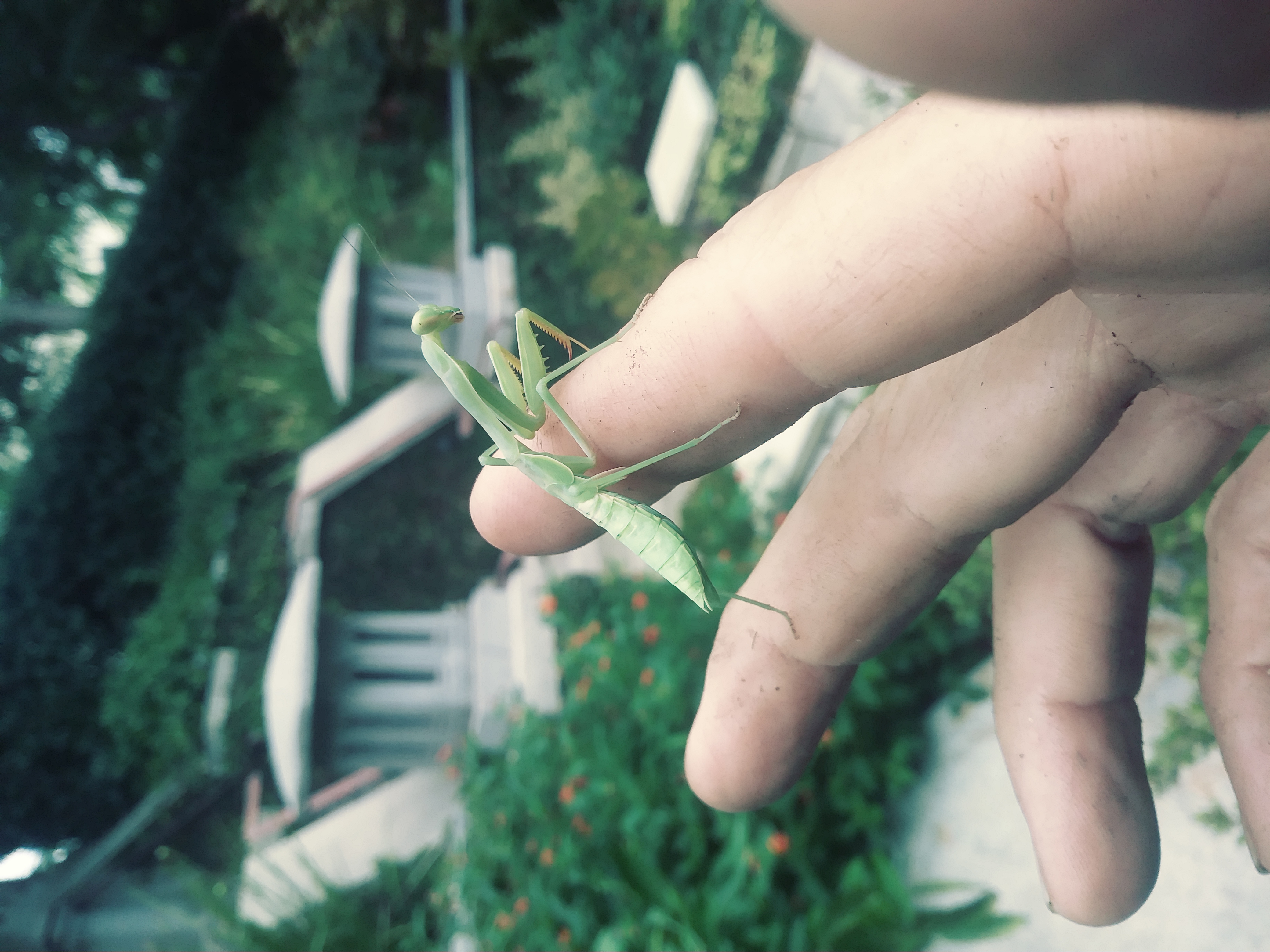We have been currently working on a proof of concept Constructed Wetland for water conservation recycling. Our goal is to detoxify and render harmless common household chemicals and put all non-toilet water to use.

One of the first things I would like to say is that we do not process gray-water. I am not fond of the term "gray-water". Some states require such warnings and handling procedures on grey-water as to rival low level nuclear waste (and I should know as I was the radiation safety officer at one of the labs I worked in). Water composting is not nearly as toxic as many of the chemicals we deal with every day. One should not drink a glass of the water especially near the start of the system, but one should not eat a large handful of composting stable sweepings either.
We compost water derived from showers, sinks, washing machines, and dishwashers. The final water product is tested both chemically and biologically and then pumped to above-ground emitters on fruit trees. One of the early problems was that in spite of the 90micron filter at the start of the drip system, ALL of the various types of emitters purchased from retail outlets clogged rapidly. Bio-film formation within the tubing was assuredly the culprit. If the water is not toxic "life happens". Pre-filters did no good at all. I have now identified a commercial emitter, and developed an emitter, which do not clog nearly as often and are simple to unclog. Plus, the above ground emitters can easily be monitored visually for clogging.
A few specifics on how we do it. We try to even out the cleaning that is done. Water composting can be a truly stable ecosystem even though there is higher nutrient inflow than a pond. Soap or detergent itself is a nutrient. Most soaps and detergents are simply made up of a carbon hydrogen chain and a nitrogen group. Probably the highest nutrient load in the system derives from soap So we try not to add the entire weeks worth of soap (laundry, dishes, general cleaning) in two days (Sat and Sun).

The total system is arranged in sections and covers approximately 8 by 16 feet. Small amounts of table scraps are regularly put down the garbage disposal and do not negatively affect the system. However most table scraps are fed to my compost worms. Total flow through the system is approximately 50-75 gallons per day. The plants grow well and are regularly pruned. The cyclic aerobic and anaerobic micro-environments around plant roots are exquisitely efficient at breaking down and neutralizing the soap and a variety of household chemicals. The system was started in 2009 and the current version has been in operation since 2010.
Most constructed wetlands in operation are based on only two types of plants Cattails and bulrushes. One focus of this project is to maximize biodiversity and we have well over 50 different species of plants growing in the wetland. Many of the plants are native California bog and marsh species. Others are native US species, and a few others are the standard aquatic pond plants. We continue to test new plants in the system.

Bees, wasps, hornets, and other beneficial insects regularly drink from the surface. Western Pacific Chorus Frogs (Do you see all six in the picture above?) and other animals have also moved into the system. At one point I thought that I would have an over population of Chorus Frog tadpoles but three baby gopher snakes, a king snake, and a few assorted garter snakes became regular visitors. And the tadpole population became somewhat less massive. Can you see both the garter snakes in the picture to the right? Can you see how clear my wash water is? Birds, including hummingbirds, are daily visitors, coming to drink and bathe.
All in all the system has worked out far better than I ever expected possible.
And you can do it too!